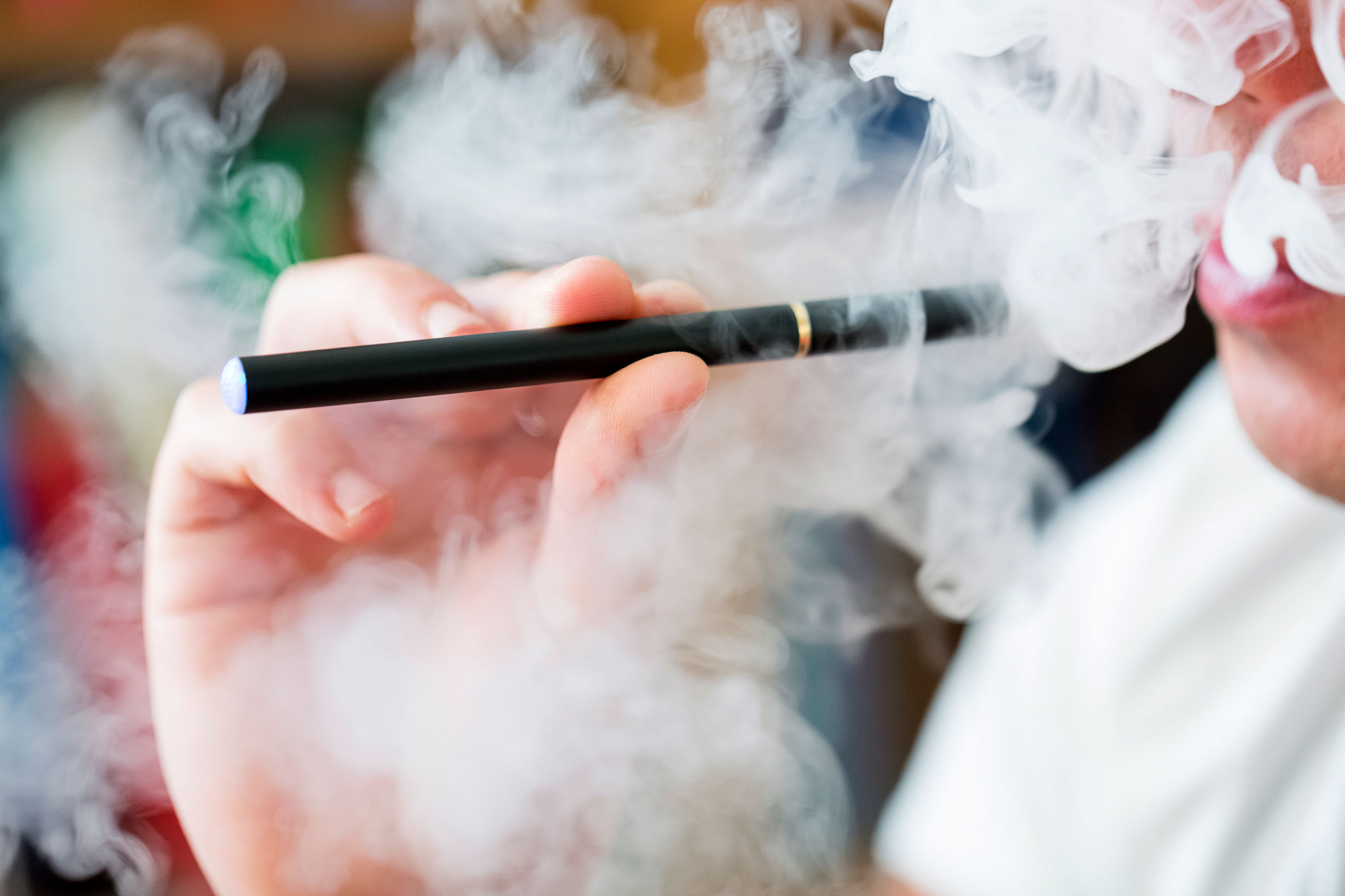Top 5 Myths About Vaping: What You Need to Know
Understanding Vaping: Dispelling Common Myths
Vaping has become a popular alternative to traditional smoking, yet it remains surrounded by numerous myths and misconceptions. Whether you're a current vaper, considering making the switch, or simply curious, it's important to separate fact from fiction. Here, we debunk the top five myths about vaping.

Myth 1: Vaping Is Just as Harmful as Smoking
One of the most pervasive myths is that vaping is just as harmful as smoking cigarettes. While it's true that both involve inhaling substances into the lungs, vaping is generally considered less harmful than smoking. Public Health England and other health organizations have stated that vaping is significantly less harmful than smoking traditional cigarettes.
The primary reason is that vaping doesn't involve combustion, which produces tar and many of the harmful chemicals found in cigarette smoke. However, this doesn't mean vaping is completely risk-free, but it is widely viewed as a safer option for those who already smoke.
Myth 2: Vaping Is a Gateway to Smoking for Teens
There is a concern that vaping could lead to smoking among teenagers, acting as a "gateway" to traditional tobacco use. However, research indicates that the majority of teens who experiment with vaping do not progress to regular smoking. In fact, youth smoking rates have continued to decline in many areas where vaping has become more popular.

It's crucial for parents and educators to engage in open conversations with young people about the risks and realities of both vaping and smoking, rather than relying on scare tactics or misinformation.
Myth 3: Vaping Produces Only Harmless Water Vapor
Another misconception is that e-cigarettes emit only harmless water vapor. In reality, the "vapor" produced by e-cigarettes is an aerosol containing nicotine, flavorings, and other chemicals. While generally less harmful than cigarette smoke, it is not merely water vapor and can still pose health risks to users and those around them.
Understanding the contents of e-cigarette vapor is essential for making informed decisions about its use, especially in public settings or around non-users.

Myth 4: All E-Liquids Contain Nicotine
Many people believe that all e-liquids contain nicotine, but this isn't true. E-liquids come in a wide variety of formulations, including nicotine-free options. This flexibility allows users to gradually reduce their nicotine intake if they wish to quit or reduce their dependency on nicotine.
Choosing the right e-liquid involves understanding personal preferences and goals, whether you're seeking a nicotine fix or simply enjoy the flavors without the addictive substance.
Myth 5: Vaping Causes Popcorn Lung
The myth linking vaping to "popcorn lung," a condition known as bronchiolitis obliterans, stems from concerns about a chemical called diacetyl. While diacetyl has been found in some e-liquids, most reputable manufacturers have eliminated it from their products due to health concerns.

The risk of developing popcorn lung from vaping is considered extremely low, especially when compared to the dangers posed by smoking tobacco. It's important to choose high-quality products from trusted sources to minimize any potential risks.
In summary, while vaping is not without its risks, many of the myths surrounding it are exaggerated or unfounded. By staying informed and making conscious choices, individuals can better navigate the world of vaping and make decisions that align with their health goals.
